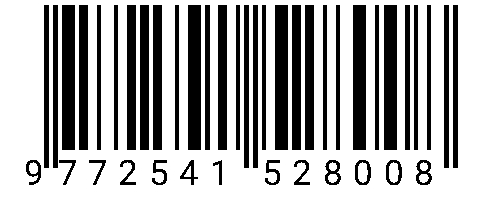ANALISA WAKTU PELAYANAN GARDU TOL CENGKARENG 2 DENGAN PTV VISSIM
DOI:
https://doi.org/10.34151/prosidingsnast.v8i1.4143Keywords:
Toll Road, Service Time, Single Lane Free Flow.Abstract
Toll roads are affected by the service time on toll roads which have been stipulated by the Regulation of the Minister of Public Works No. 16 concerning Minimum Service Standards for Toll Roads, which were later implemented by the BUJT (Toll Road Business Entity). At the Cengkareng 2 toll gate, electronic toll collection has been implemented and at one of the gates, a Single Lane Free Flow (SLFF) system has been implemented. SLFF implemented in Indonesia is a payment technology system using Radio Frequency Identification (RFID) and Dedicated Short Range Communications (DSRC) readings which are expected to speed up service time. With the implementation of SLFF, toll road operators at toll gates can be minimized, on the other hand, will use a fee collection system at the end where the reduction of toll collection and usage accounts will be handled by the toll road operator's office. Modeling the existing road and inputting vehicle data and speed plans is then carried out by a simulation process by entering variations in the volume of vehicles in Vissim to get the maximum capacity from the toll gate. From the results of the analysis carried out, the service time that occurs at the Cengkareng 2 toll gate is 9 seconds/vehicle, this is the maximum service time limit for closed system substations at exit substations based on Minimum Service Standards (SPM) with accessibility, and the maximum capacity of toll gates. Cengkareng with the SLFF system is 316 vehicles/hour with a speed of 17 km/hour and the maximum capacity of the toll booths with a tapping system is substation 5 316 vehicles/hour with a speed of 15 km/hour, substation 6 308 vehicles/hour with a speed of 15 km/hour and substation 7 313 vehicles/hour at a speed of 15 km/hour
Downloads
Published
Issue
Section
License
Copyright (c) 2022 Muhamad Meiza Jolanda

This work is licensed under a Creative Commons Attribution 4.0 International License.







